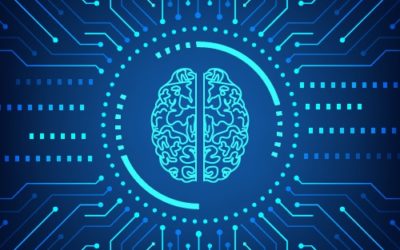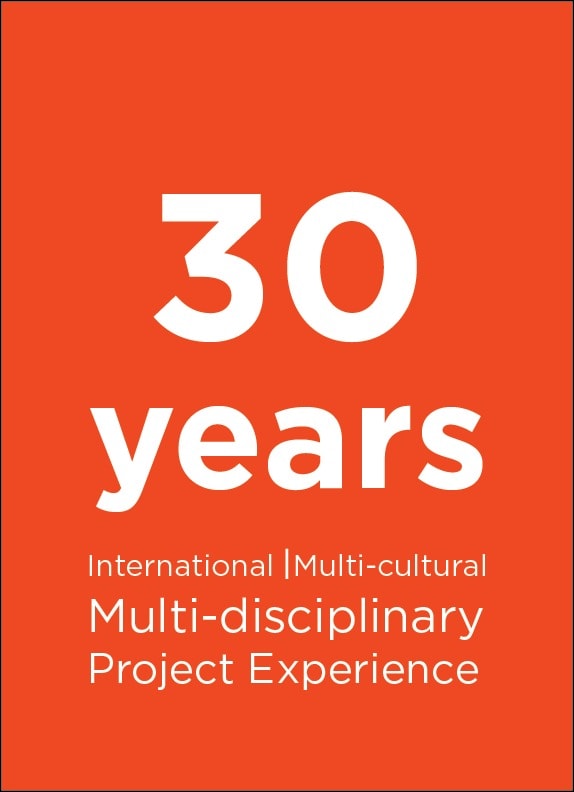Authors: Aylin AKÇA OKAN, Director & Dr. Deniz KATIRCIOĞLU ÖZTÜRK, Business Unit Manager – Healthcare & Life Sciences
While the month of October heralds various festivities and holidays worldwide, it is universally and invariably recognised as “Breast Cancer Awareness Month”. Well, it’s that time of the year again. People are offered moments to reflect, reminisce, be informed and raise awareness about this complicated and challenging disease.
As to inform those who have not heard of it or have little idea about it; breast cancer is the most prevalent cancer type in women and the leading cause of cancer death among women, with over 600,000 deaths globally each year [Heber, D., Blackburn, G., Nutritional Oncology (Second Edition), 2006]. Just this alone validates the limelight it receives. To put it very simply, breast cancer is a group of malignant cells (tumor) originating from the breast tissue that can invade surrounding tissues or spread to distant areas of the body. It can begin in different parts of the breast, like the milk ducts or the glands that make the breast milk. From there, it can spread to other parts of the body which is a problematic process called metastasis resulting in the development of secondary tumors.
Based on global statistics between 2017-2022, primarily sourced from the WHO and other related agencies, the yearly incidence of breast cancer is around two million new cases. [https://www.who.int/news-room/fact-sheets/detail/breast-cancer]. The survival rates vary greatly worldwide, ranging from 80% or over in North America, Sweden, and Japan to around 60% in middle-income countries and below 40% in low-income countries [Arnold, M., Morgan E, and et.al. Current and future burden of breast cancer: Global statistics for 2020 and 2040, Breast, 2022]. The low survival rates in less developed countries can be explained by the lack of “early detection” programs and the absence of adequate diagnosis and treatment facilities.
These statistics underscore the disparity in breast cancer outcomes globally, emphasizing the need for global efforts to promote “early detection” and provide access to treatment. Although easier said than done, early detection of breast cancer is not only a matter of “prospective” patients being vigilant and taking responsibility for their own fate through breast self-exams. Evidently, this is not enough. In order to contain the issue from all angles, it is essential that stakeholders (government, medical facilities, healthcare professionals, caregivers, etc.) shall actively be supported and guided with the technology offered by med-tech academia and industry. At this point, it truly makes sense to mention artificial intelligence and pertinent methodologies as the popular data-centric approaches of recent years.
AI intervention in Breast Cancer
In layman terms, Artificial intelligence (AI) is the ability of a machine to simulate human intelligence. AI systems are trained on massive datasets and learn to perform reasoning that would normally require human guidance.
AI is used in a wide variety of industries and applications, just as it is used in healthcare, for diagnosing diseases, developing personalized treatment plans or assisting during surgery. Please see our previous blog posts on the use of AI in healthcare.
To get back to the subject at hand, breast cancer has witnessed a transformative impact from the integration of AI into its diagnostic methods. The convergence of medical imaging, genetics, and AI offers unprecedented precision in early detection and diagnosis. Here are some of the most recent trends and approaches in using AI to support breast cancer diagnosis:
- Improved Mammogram Analysis: Traditionally, mammograms (low dose X-rays of the breasts) have been the standard procedure for detecting breast cancer. However, their interpretation can be challenging and time-consuming, even for experienced radiologists. The integration of AI-driven algorithms has drastically enhanced the accuracy of mammogram readings.
- Automated Breast Ultrasound (ABUS) Analysis: For women with dense breasts, mammograms can sometimes miss tumors. ABUS has emerged as an alternative, and AI has played a role in enhancing its accuracy.
- Integration of Genomic Data: With the advent of personalized medicine, integrating genomic data with imaging can increase diagnostic precision. Nowadays, such multimodal studies that incorporate various modalities are becoming more common.
- Predictive Analytics: Beyond just diagnosis, AI’s capability in predictive analytics can forecast the progression and potential recurrence of breast cancer.
- Digital Pathology and Histology: Traditionally, biopsy samples are analyzed under the microscope by pathologists. With digital scans of tissue samples or whole-slide images, AI can assist in rapidly identifying malignant cells and classifying tumor subtypes and various morphologies, which can be crucial for determining the best treatment approach.
- AI-enhanced Imaging Modalities: New imaging techniques, like multiparametric MRI (mpMRI), are being developed for which AI assists in multi-modal data fusion and temporal analysis through which the changes in the morphologies of tumours can be tracked.
New Era in Mammogram Interpretation
Early detection is pivotal in improving survival rates, and mammograms have long been the gold standard for this purpose. With the rise of AI, the diagnostic landscape of mammography is undergoing profound changes.
As ICterra’s Healthcare & Life Sciences team, we are proud to announce that we have been developing “eXplainable” models on mammogram datasets that we have curated in collaboration with prominent medical academia for the last few years. Nowadays, we are quite thrilled as we prepare to publish our validated results and model precision that exceeds average radiologist assessment rates. So, as to understand what we have aimed in mammogram interpretation and AI’s contribution overall, it’s crucial to highlight the difficulties in traditional mammography such as radiologists’ errors (either false positives or negatives), dense breasts due to their hazing effects and microcalcifications as they are quite challenging to catch with the naked eye.
Therefore, AI assists the radiologists in mammogram interpretation while detecting anomalies with remarkable accuracy, reducing Type I&II errors, even producing augmented datasets (synthetic samples) to increase model preciseness [Poplin, R. A., et al. Prediction of breast cancer malignancy on screening mammograms with deep learning. 2019; McKinney, S. M., et al. International evaluation of an AI system for breast cancer detection. Nature Medicine, 2019]. Hence, one can boldly state that AI is not only revolutionising image analysis, but also forcing rad-workflows to change.
… and a Promising Future
The recent advances in AI have ushered in a new era of precision and efficiency in breast cancer diagnosis. The state-of-the-art technology not only holds promise for early detection but also paves the way for personalized treatment plans, potentially improving outcomes and the quality of life for millions of women worldwide.
With the precision, consistency, and efficiency that AI brings, the future of breast cancer detection looks promising. As models become even more advanced and integrated into the healthcare workflow, whole population will benefit from cost-effective screenings, earlier detections, and better survival outcomes. Since there is no surefire way to prevent breast cancer, women of a certain age should surely consult their physician about their risk of developing breast cancer and find out whether they should start having regular mammograms. Though this year’s theme is “No one should face breast cancer alone”, we hope and work for better means of early diagnosis to save thousands from even confronting the difficult advanced stages of the breast cancer journey.
So, get ready to think PINK. We are all in this TOGETHER as ONE.



